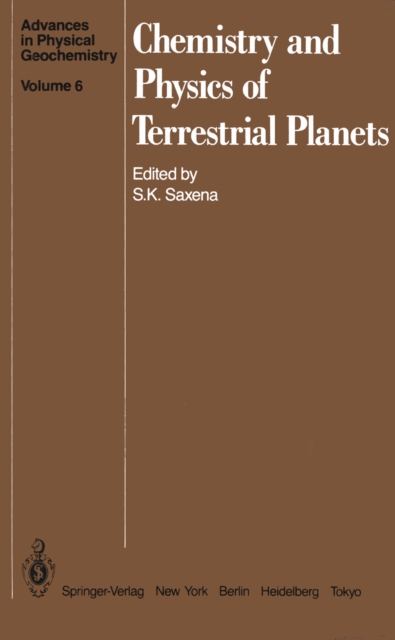
Chemistry and Physics of Terrestrial Planets PDF
Edited by Surendra K. Saxena
Part of the Advances in Physical Geochemistry series
Description
The purpose of this volume is to present the latest planetary studies of an international body of scientists concerned with the physical and chemical aspects of terrestrial planets.
In recent years planetary science has developed in leaps and bounds.
This is a result of the application of a broad range of scientific disciplines, particularly physical and chemical, to an understanding of the information received from manned and unmanned space exploration.
The first five chapters expound on many of the past and recent observations in an attempt to develop meaningful physical-chemical models of planetary formation and evolution.
For any discussion of the chemical processes in the solar nebula, it is important to understand the boundary conditions of the physical variables.
In Chapter 1, Saf- ranov and Vitjazev have laid down explicitly all the physical constraints and the problems of time-dependence of nebular evolutionary processes.
Planetary scientists and students will find in this chapter a collection of astrophysical parameters on the transfer of angular momentum, formation of the disk and the gas envelope, nebular turbulence, physical mixing of particles of various origins and growth of planetesimals.
The authors conclude their work with important information on ev- olution of terrestrial planets.
Although symbols are defined in the text of the article, readers who are not familiar with the many symbols and abbreviations in astrophysical literature will find it useful to consult the Appendix for explanations.
Information
-
Download - Immediately Available
- Format:PDF
- Publisher:Springer New York
- Publication Date:06/12/2012
- Category:
- ISBN:9781461249283
Information
-
Download - Immediately Available
- Format:PDF
- Publisher:Springer New York
- Publication Date:06/12/2012
- Category:
- ISBN:9781461249283










